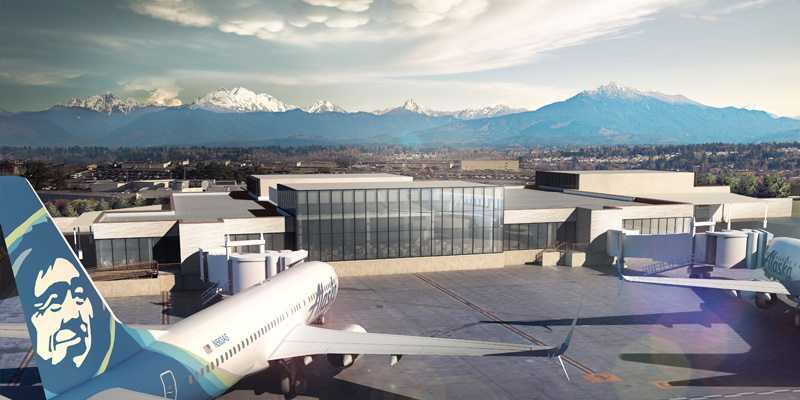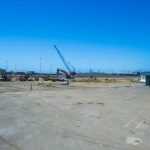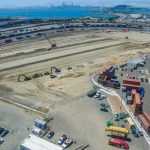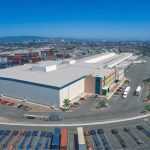Here’s what to expect when two airlines begin passenger service at Paine Field later this year.
By Jim Davis
Published Wednesday, January 10, 2018 HERALD BUSINESS JOURNAL
used with permission
EVERETT — Brett Smith has traveled a lot in his career. He’s been in and out of airports across the country.
That’s given him valuable experience for his task at hand — developing Everett’s airport terminal.
Smith is the founder and CEO of Propeller Airports, a for-profit company that’s building the commercial terminal at Paine Field.
The terminal is scheduled to be finished in July and open in September. Two airlines, United and Alaska, have committed to flying out of it.
In his travels, he’s seen beautiful, successful airports and ones that miss the mark.
“The ones that are really good, a lot of thought has gone into it,” Smith said. “I can tell you that’s what I spend all of my time thinking about — Paine Field. It’s easy to put up a terminal, it’s hard to do it right.”
The 27,000-square-foot, two-gate terminal between Paine Field’s administrative offices and the airport control tower was designed by Denver-based Fentress Architects and is being built by Fisher Construction Group of Burlington.
The terminal should be popular. It can take an hour and a half or longer to get from Snohomish County to Seattle-Tacoma International Airport, the closest airport with scheduled air service.
And Sea-Tac is becoming more crowded each year. Sea-Tac went from being the 13th-busiest airport in the U.S., with 20.1 million travelers in 2015, to the ninth-busiest, with 21.9 million travelers in 2016, according to data from the Federal Aviation Administration.
Smith is not saying how much is being spent to build the Everett terminal. This is the first commercial passenger terminal for Propeller, which is leasing 11 acres from Snohomish County at Paine Field in exchange for $429,000 per year in rent, plus a share of flight and parking revenues.
Smith has his hands in the thousands of details behind the look and feel of the terminal. He describes the project as having “a lot of glass, a lot of Pacific Northwest in it, a lot of wood, we really want it to match the region.”
He also wants this airport to be one people choose not just because of proximity but also experience.
He envisions the experience like that of a hotel — people walk through the door into a lobby to meet a concierge.
“Once you’re past security, you’ll walk into what looks like a living room with two fireplaces and a bar and a place to get something to eat,” Smith said. “There will be huge glass windows, you can look out onto the mountain range. I think it’s going to be special.”
The terminal will feature two jet bridges at the gates. Many smaller airports have people walk across the ramp to board the plane. That would save Propeller money. But it would also create a problem for travelers.
“It rains a lot,” Smith said. “I don’t want people to go outside.”
In fact, Propeller is splurging on glass jet bridges.
“There’s such beautiful scenery, we’re taking the extra step, we’re spending the extra money for glass so that by the time you walk into the terminal until the time you board the planes it will be a pleasant experience,” he said.
Building an air terminal from the ground up means the design can include the latest technology.
> click here to read the entire story at The Herald
- The first of 1800 piles are being driven in to support the cold storage in the Port of Oakland.
- Site work began earlier in the summer.
- Rendering of the project which is scheduled to open in August of 2018.




